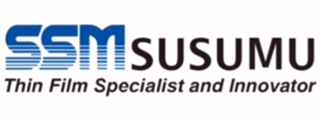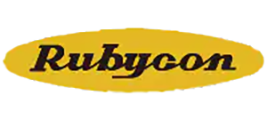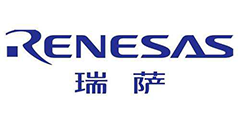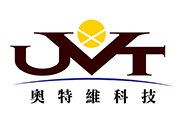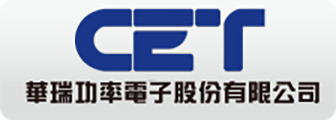This Garment Pattern Could Power Biosensor Nets
Wearable fabrics imprinted with p- and n-type semiconductors could make all clothing fabrics capable of converting a person’s body heat into electricity to power biosensors — or, when used in reverse, to cool the wearer, according to researchers at the Georgia Institute of Technology (Atlanta). By using David Hilbert’s famous geometric spaces — in particular, his space-filling curves — as the pattern for their imprints, the researchers have demonstrated that printable thermoelectric energy-harvesting wearables’ output voltage and power can be fine-tuned to match the precise needs of particular applications.
Georgia Tech’s first demonstration was on paper, but the researchers say the circuitry pattern could be printed on various flexible conducting polymers to yield materials that would harvest energy from body heat to power simple biosensors for measuring vital signs such as heart rate and respiration.
“The Hilbert pattern that we use for interconnects is fractallysymmetric, which is a well-known mathematical construct,” doctoral candidate Akanksha Menon, working in the lab of Georgia Tech professor Shannon Yee, told EE Times. “What this essentially means is that a subpart is identical to a whole — self-similar at different scales. When applied to thermoelectric devices, this design creates lines of symmetry along which the module can be tessellated to give a specific voltage output. So on a large scale, we can print devices with many elements and then cut along these lines of symmetry to obtain the voltage of interest.”
Menon and Yee call their Hilbert curve a fractal wiring pattern because it can be printed at various densities and then cut to size to meet a target application’s voltage and power requirements.
While the researchers have yet to prove the concept of reversing the process to create personal air conditioners, they believe Hilbert-curve-imprinted fabrics could yield vast savings over inefficient whole-room air conditioners by focusing the temperature-gradient difference only on the skin of the person wearing the fabric.
“In theory, the device can be operated in reverse. In this case, you would send a current through the device which will result in cooling one end [inside the garment] and heating the other end [outside the garment]. The challenge is that to get an appreciable amount of cooling, you need materials with very specific properties,” Menon said. “So we have another research project in our lab that’s specifically focused on this application.”
Thermoelectric materials have been used in reverse for a long time. Six-pack coolers that plug into a car’s cigarette lighter, for example, use a flexible strip that gets cold inside the cooler and hot at the other end when plugged in, but those products use toxic, inorganic bulk materials. Menon and Yee are exploring using the same mechanism, but in the form of a nontoxic, organic thin-film polymer that can be printed using an inkjet printer for prototyping or roll-to-roll printers for mass production.
The Hilbert-curved pattern would allow the material to be custom-tailored to the application after large sheets of it are manufactured or printed on textiles. This would eliminate the need for voltage or power converters and thus would raise the efficiency of the heat-to-electricity conversion so that hundreds of microwatts or even milliwatts could be produced, depending on the size of the garment. The p- and n-type poles of the material are also more tightly packed than in bulk materials, making them efficient enough to power medical-monitoring sensors woven into clothing, according to the researchers.
For the future, the team hopes to optimize the material for specific wearable applications and then demonstrate that comfortably fitting clothing can harvest enough body heat to run sensor networks woven into the garment.
Funding was provided by the Air Force Office of Scientific Research and PepsiCo Inc. (whose soft drinks have been stored in many a six-pack cooler). For all the details, Interconnect Patterns for Printed Organic Thermoelectric Devices with Large Fill Factors in the Journal of Applied Physics.
在线留言询价
- 一周热料
- 紧缺物料秒杀
| 型号 | 品牌 | 询价 |
|---|---|---|
| MC33074DR2G | onsemi | |
| CDZVT2R20B | ROHM Semiconductor | |
| RB751G-40T2R | ROHM Semiconductor | |
| BD71847AMWV-E2 | ROHM Semiconductor | |
| TL431ACLPR | Texas Instruments |
| 型号 | 品牌 | 抢购 |
|---|---|---|
| STM32F429IGT6 | STMicroelectronics | |
| BU33JA2MNVX-CTL | ROHM Semiconductor | |
| IPZ40N04S5L4R8ATMA1 | Infineon Technologies | |
| ESR03EZPJ151 | ROHM Semiconductor | |
| TPS63050YFFR | Texas Instruments | |
| BP3621 | ROHM Semiconductor |
- 周排行榜
- 月排行榜
AMEYA360公众号二维码
识别二维码,即可关注


请输入下方图片中的验证码:


